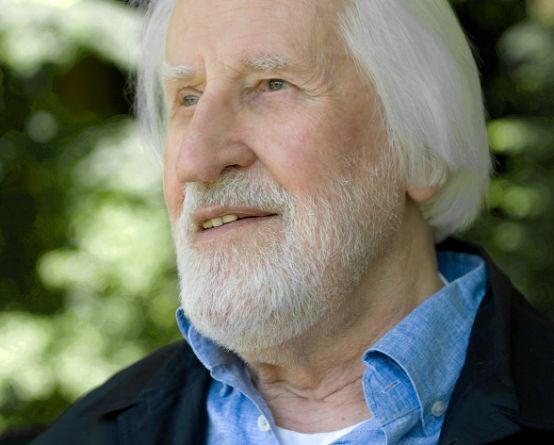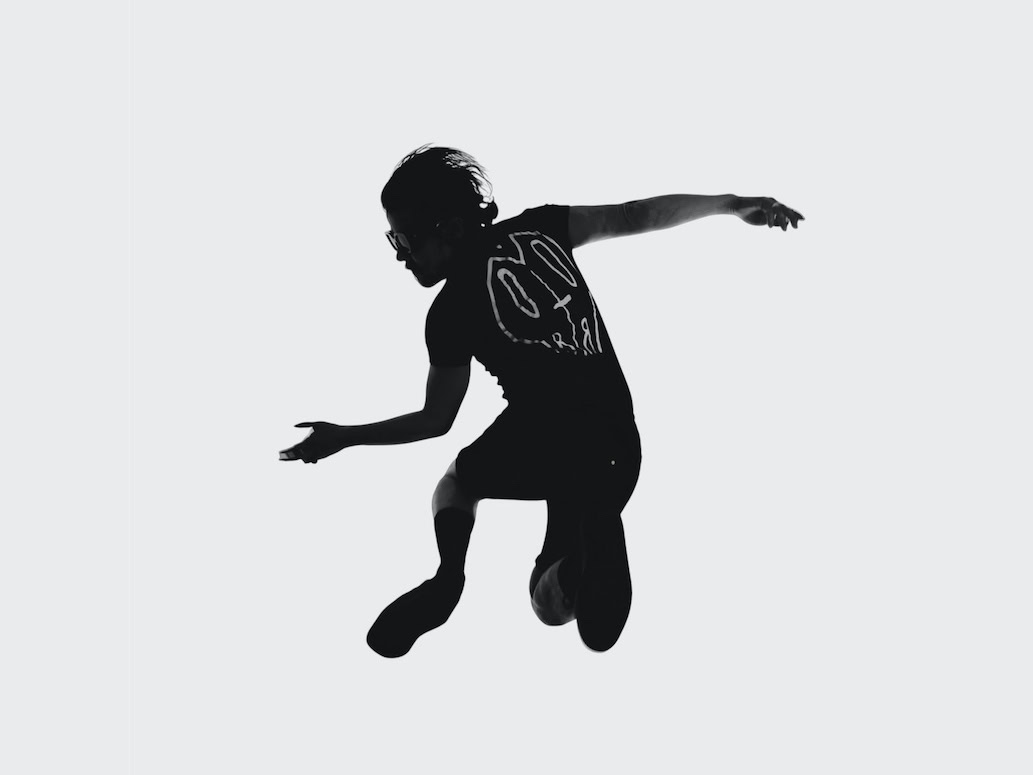The "unfulfilled in the past"
A Zurich symposium volume provides a comprehensive insight into Klaus Huber's work.

Composers who work with historical and non-European music are a dime a dozen these days. The results are not always truly exciting. Klaus Huber, however, was one of the first to make suggestions from other cultures productive in a substantial way, far removed from world music fashions and postmodern superficialities. This is one of the reasons why this instructive introduction to his work is called Transformations, "a conceptual leitmotif of Huber's compositional strategies", as the editors Jörn Peter Hiekel and Patrick Müller explain.
This volume, which goes back to a symposium at the Zurich University of the Arts in March 2010, was long overdue! For in the case of the recent winner of the Music Authors' Prize, there is a strange disparity between the unquestionable relevance of his oeuvre and its scholarly reception; not to mention Klaus Huber's importance as a teacher who had a decisive influence on numerous protagonists of new music (one of the few aspects, incidentally, that this publication does not take into account).
Jörn Peter Hiekel begins by setting the aesthetic milestones under the "idea of the transformative", which is designed to overcome one-dimensional Eurocentric thinking. In the following, Huber's closely interwoven fields of tension of the political, spiritual, transcultural and historical are comprehensively illuminated.
Two long-time companions of Huber's oeuvre provide for tense attention at the beginning: while Max Nyffeler sharpens Huber's Swiss profile in his knowledgeable discussion of national sensitivities, Claus-Steffen Mahnkopf makes a passionate plea for a concept of art that has fallen into disrepute in his contribution "The truth of Klaus Huber's music". For Mahnkopf, Huber is a prime example of artistic integrity. The fact that Huber's music is confessional music at the very highest level is made evident by Thomas Gartmann in his remarks on "Spiritual Music", marking the spiritual as artistic resistance with utopian-social potential. This aspect is also emphasized by Susanne Kogler, who sees Huber's sound language as a decidedly communicative place of (self-)experience. The fact that the solo pieces are not left out here is thanks to Heidy Zimmermann, who reveals the human dimension of the individual voice in the mode of instrumental monody (Ein Hauch von Unzeit, Transpositio ad infinitum, ...Plainte ...).
One idea that runs like a red thread through this publication is the "unfulfilled in the past" that Huber found in Ernst Bloch. In other words: a creative rethinking of aesthetic phenomena that were not yet able to develop their full potential at the time. This is what Martin Zenck's fruitful investigation On the transepochal affinity of the late 20th century to the Mannerism of the early 17th century the intellectual heart of this book. In doing so, he not only emphasizes the importance of Gesualdo's music for Huber's work by means of selected sketch analyses of the Lamentationes sacrae et profanae ad responsoria lesualdi but also exemplifies an essential function of old music in the new music of recent decades. Sibylle Kayser uses selected "re-compositions" to illustrate how the "unpaid" and its strategies also relate to Huber's own pieces.
A strictly analytical approach is taken by Christian Utz, who in his study Morphology and meaning of the sounds in Klaus Huber's "Miserere hominibus" dives deep into the matter of sound - physicality instead of semantics, objectivism versus author-centered interpretation. In his search for an "inherent musical narrativity", Utz exemplifies a congruence of structural sound organization and "morphological presence" in an expansive manner. But this should be found in every halfway reasonable work. The "gestural topoi" that he uses in Miserere could also be found in numerous pieces by other composers.
Central to Klaus Huber's work, especially from 1990 onwards, is his work with tunings and tonal systems beyond the European twelve-note division of the octave. Till Knipper devotes himself to this essential aspect in a differentiated illustration of the manifold manifestations and combinations of "microtonality" (a term that Huber no longer accepts) between natural intervals, quarter tones, thirds and sixths and the use of Arabic maquams, focusing not least on their semantic function in the context of the work. Anything else with Huber would probably be nitpicking ...
Transformations, On the work of Klaus Huber, edited by Jörn Peter Hiekel and Patrick Müller, Edition Neue Zeitschrift für Musik, 232 p., € 22.95, Schott, Mainz 2013, ISBN: 978-3-7957-0823-8









